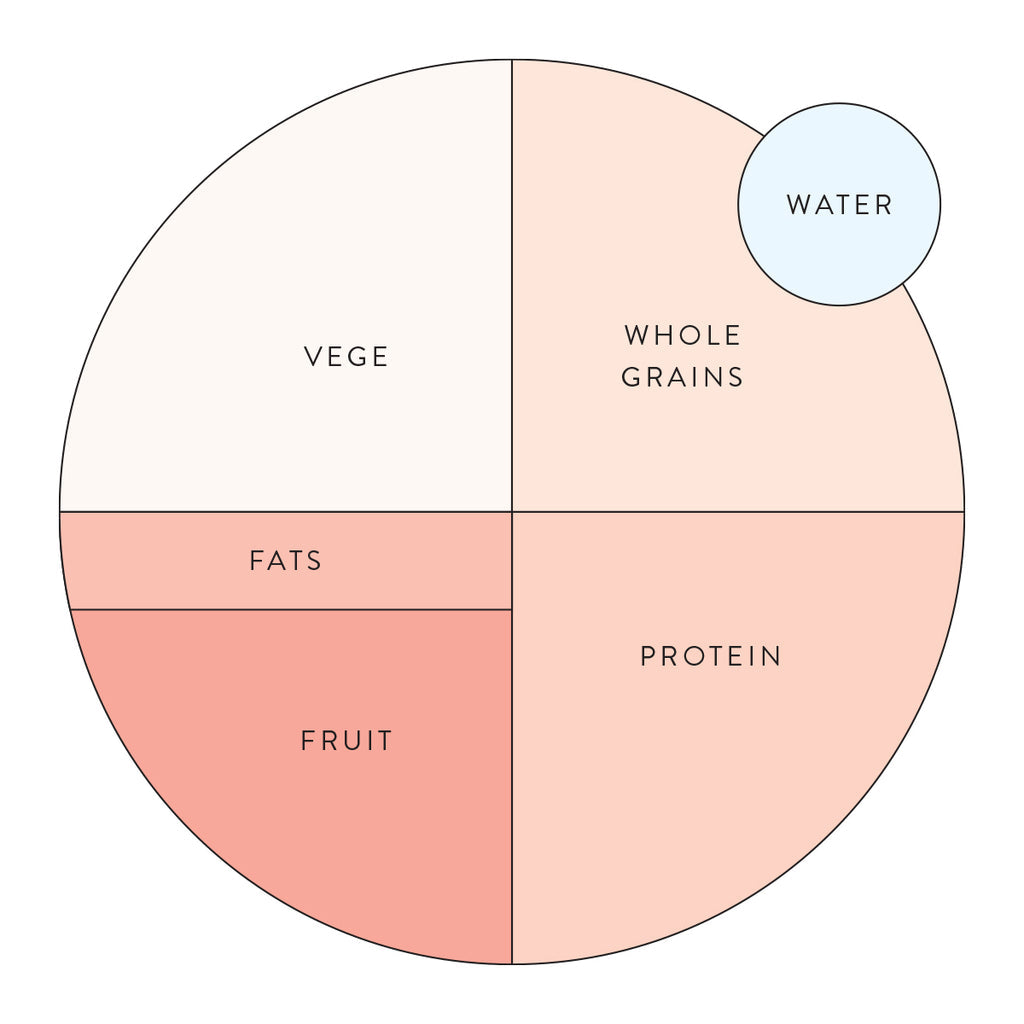By Nutritionist Robyn Santos
When it comes to supporting immunity and development for the baby bears, every parent could do with a little more peace of mind. That’s where we come in. We've simplified the lunch box maths and sectioned food groups and nutrients into the perfect ratios for your cubs. Have confidence that your child’s needs are being met with our guide to what types of foods belong on their plate. Supporting kids’ nutrition and overall health starts with a balanced meal, which is why we’ve put together this lunch box edit.
A balanced plate for your child should include a split of the following: protein, whole grains, vegetables, fruit and fat. Why is this split important you ask? It’s important to make sure your kids are getting both macronutrients (carbohydrate, protein, and fat) and micronutrients (vitamins and minerals). The more veggies the better, a mix will mean a variety of vegetables, this variety means you're giving their growing bodies an array of vitamins, minerals, and phytochemicals.

Let’s break it down
Carbohydrates
Carbs are the quickest energy source for your little ones, complex carbohydrates full of natural fiber to support your child's sustained energy and balanced blood sugar levels. Both the metabolism and brain are fueled by carbohydrates and are also essential for the growth and development of their nervous and immune systems.
Protein
Protein and more specifically the building blocks of protein called amino acids are required by every cell in the body. Not only is protein important for your little one’s energy levels and for supporting a restorative sleep, it also plays an essential role in building tissue, muscle function, hormone signalling, stabilising blood sugar and saistity.
Fats
Healthy fats are an essential component of a balanced plate that are used by children for growth, skin health and digestion. Fats help your kids absorb fat-soluble vitamins as well as build tissues of the nervous system and hormones. Fats make meals fun for kids by giving food flavour and texture as well as helping them stay fuller for longer.
Fun
Get your kids involved by asking them to write a list of their favourite fruits, vegetables and sandwich fillings to rotate each week. To keep things interesting, try out some healthy snack recipes like gummies, sweet and savoury muffins or a muesli slice. The more involved they are in choosing, preparing and packing their own lunch box, the more likely they are to eat it all up.
Need a little inspo? Here’s our guide to a balanced lunch box for the little ones. Remember, this is a guide only and absolutely can be tailored to your child’s specific needs or adapted in the case of allergies or certain requirements. If you are ever unsure of how much of any nutrients your child needs due to allergies or other requirements, please consult a nutritionist or dietician.

Click here for our Lunch Box Edit recipes and checklist.

